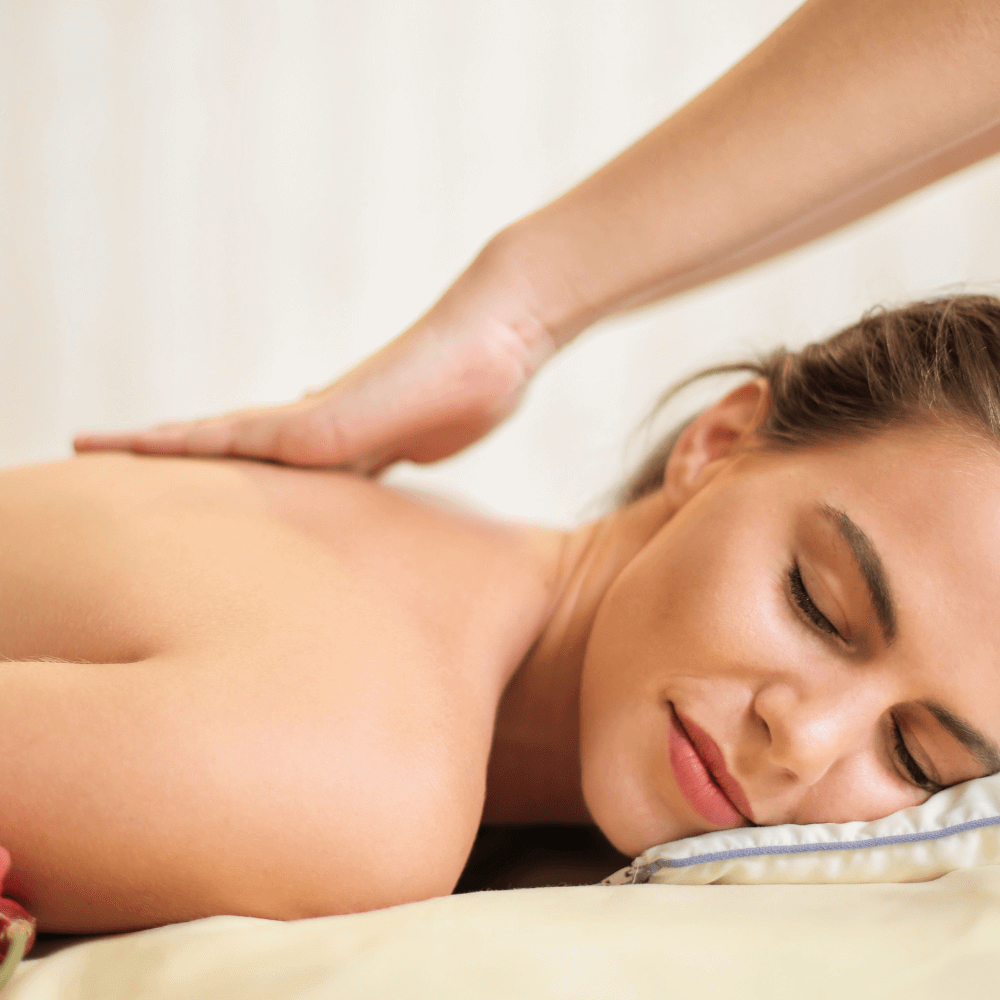The two terms corns and calluses are used to describe skin changes on the feet. The technical term for this is hyperkeratosis.
These are areas of skin where too much keratin is produced. These skin changes can be recognized by a keratinized, hardened and yellowish layer. The skin tries to protect itself from friction, pressure or other irritations with these hard, thick and dry layers. The podiatrist very often sees these skin changes when clients come in for treatment.
Various causes are responsible for the increase in local pressure, such as Obesity, unsuitable footwear, poor posture, incorrect walking or orthopaedic problems.
Corns and especially calluses can actually appear on any part of the body if there is constant friction and pressure. However, they tend to occur most frequently on the hands and feet. A large proportion of the population is affected.
Corns and calluses are very similar, but also have specific characteristics and causes. In order for the podiatrist to offer the client the best support and treatment, it is important to know the basic skin structure and the origin of these skin changes.
The cornea is usually more superficial and larger, in addition to being generally painless. They form where pressure is exerted. Especially on the heels, soles of the feet, palms and knees and can take different forms.
If the pressure is maintained in the same place for a long time, together with a lack of moisturization of the skin, this leads to a thickening of the outer skin layer and cracks can even form. Bacteria can then penetrate the tissue of the foot and lead to larger and more serious injuries.
Corns are smaller, deeper and generally painful. They have a hard center (the core or so-called heloma), which is surrounded by inflamed skin (the keratotic tissue or so-called thyloma).
Corns and calluses cannot always be avoided. Where patients develop a tendency to painful, recalcitrant corns and calluses, they should be examined regularly by a podiatrist.
There are also precautionary measures to reduce or delay the formation of corns and calluses:
- Wear comfortable shoes that do not injure the foot.
- Avoid wearing very high heels with pointed toes
- Consume sufficient fluids
- Thorough moisturizing of the skin, if necessary with the use of products with a keratolytic effect
- Appropriate hygiene
- Avoid repeated rubbing of hands and feet.
- If calluses appear on the hands, wear protective gloves
- Treatment of movement disorders that affect the way we walk and the distribution of weight on the soles of our feet.
With the necessary care and treatment of corns and calluses, the podiatrist ensures that no further discomfort or pain occurs and that the customer is not hindered when walking.








